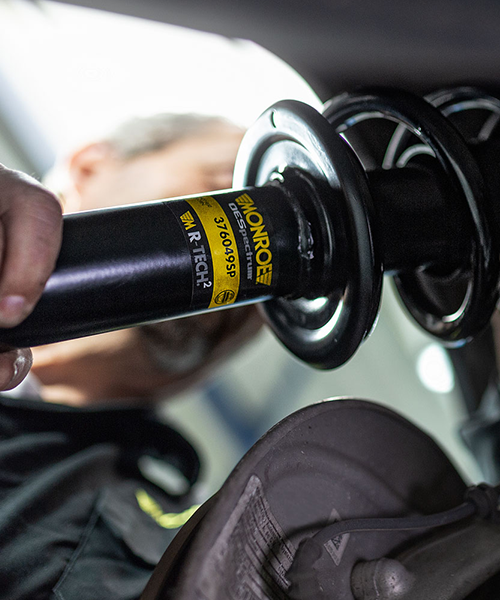BE SAFE AND SECURE
Performing a complete, high-quality repair also means avoiding injury. Follow these best practices to help stay safe during every step of the job. If you’re not a professional, take your vehicle to a trusted garage, where they will have the right tools and knowledge to complete the repair.
BEST PRACTICES
During any steering and suspension repair, it is important to follow a number of precautions to prevent injury and/or vehicle and component damage. These include:
- Use appropriate personal protective equipment for each procedure (boots, gloves, goggles, etc.).
- Always follow the instructions in the manufacturer’s repair manual.
- Pay particular attention to parts that have identifying marks and mounting positions.
- Use the right tool for each operation.

- Use conventional wrenches or pneumatic guns only to loosen or align nuts or screws – never for tightening!
- Adhere to the manufacturer’s torque specifications for each component. Final tightening must be applied using a torque wrench.
- Following component installation, always align the steering before returning the vehicle to the end user.

Remember, if you’re not a professional, you might encounter problems you cannot safely resolve without the right tools, equipment and knowledge. Take your vehicle to the nearest service garage for a quality repair.

